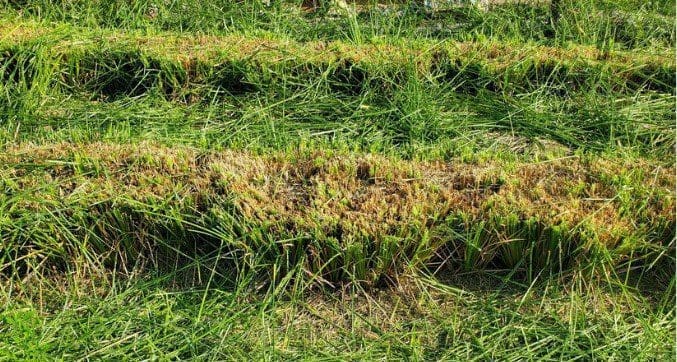Regenerative Agriculture with Vetiver (RAV)
My name is Caleb Omolo from Kenya. I am an environmentalist and farmer, and have been using Vetiver grass since 2009. l have learned that the heat waves, droughts, floods, wild fires and dust storms are man-made and it is possible to turn the these extreme weather patterns around if we study the way nature works by embracing regenerative farming systems. I work with Vetiver grass as pioneer grass to help me create sustainable nature related farms.… Read the rest “Regenerative Agriculture with Vetiver (RAV)”




